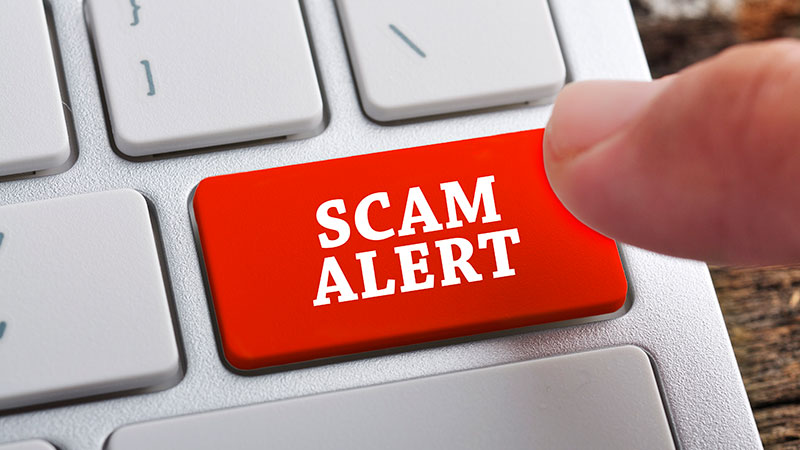Beware of Charity Scams
Here's how to make sure your aid dollars aren't stolen by fake charities and relief efforts.
Whenever there is a natural disaster or humanitarian crisis, we all want to do our part to help affected communities recover. Here's how to make sure your aid dollars aren't stolen by fake charities and relief efforts:
Donate to charities you know, and watch out for new charities or relief websites created in response to current events.
Remember that not all charity messages posted on social media are legitimate – avoid clicking on links on social media platforms or in direct messages.
Don't click on links or respond to email messages from charities you haven't supported in the past. Legitimate organizations will never send you a message with an attachment. If you receive an email appeal for aid with an attachment, delete it.
Run these quick checks to determine whether websites are valid:
- Most non-profit web addresses end with .org and not .com.
They don't end in a series of numbers – and won't ask you for detailed personal information such as social security, bank account, date of birth etc.
- Unless it's a known organization, research the organization before making a donation by visiting charity evaluation sites such as Charity Navigator, Charity Watch, GuideStar, or the Better Business Bureau's Wise Giving Alliance.
- In the United States, the Internal Revenue Service has search tools that reveal whether an organization is eligible to receive tax-deductible charitable contributions.
- Use secure services to make the donations – avoid making donations through text messages or in cash, and never share your social security number! And keep records of your contributions.

